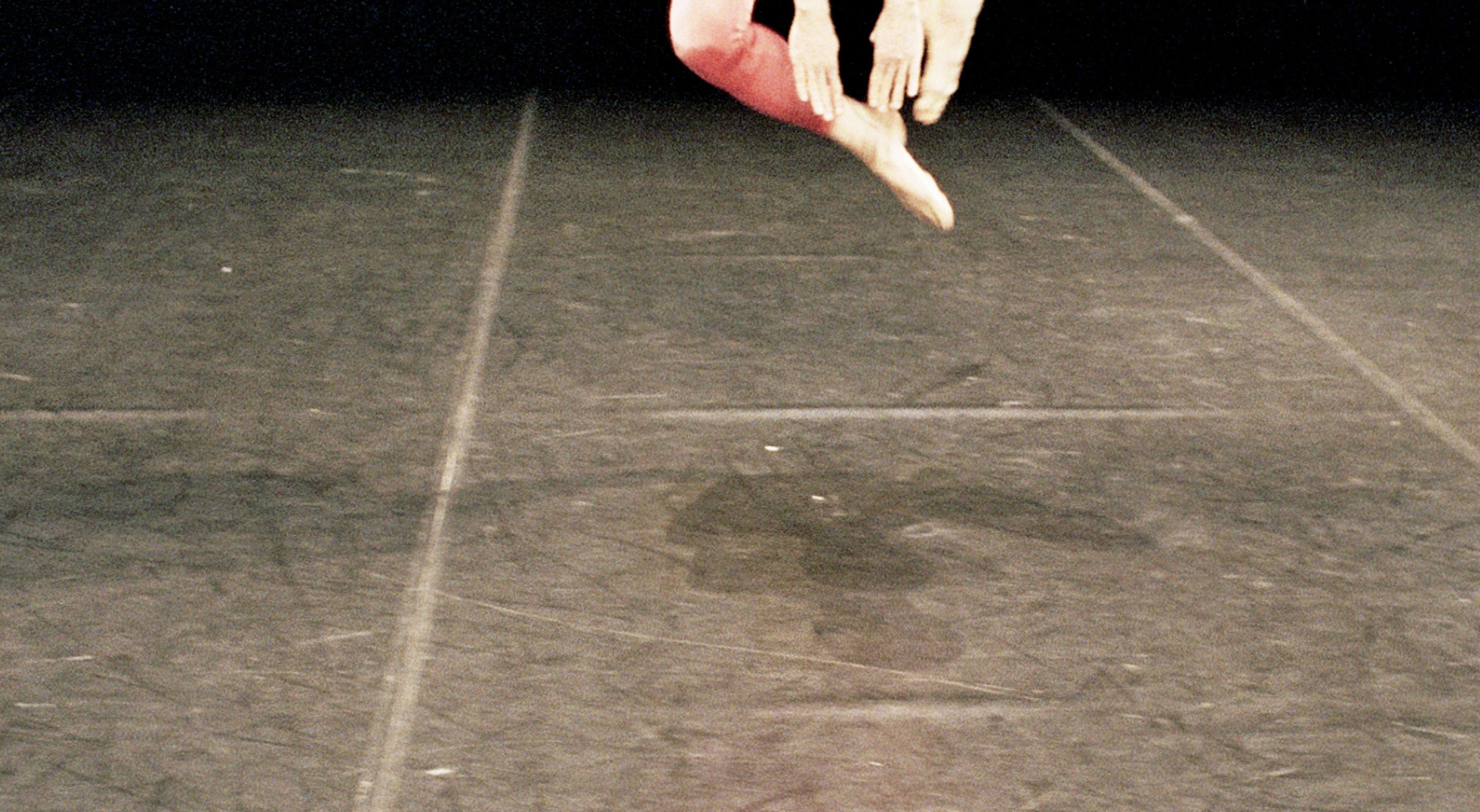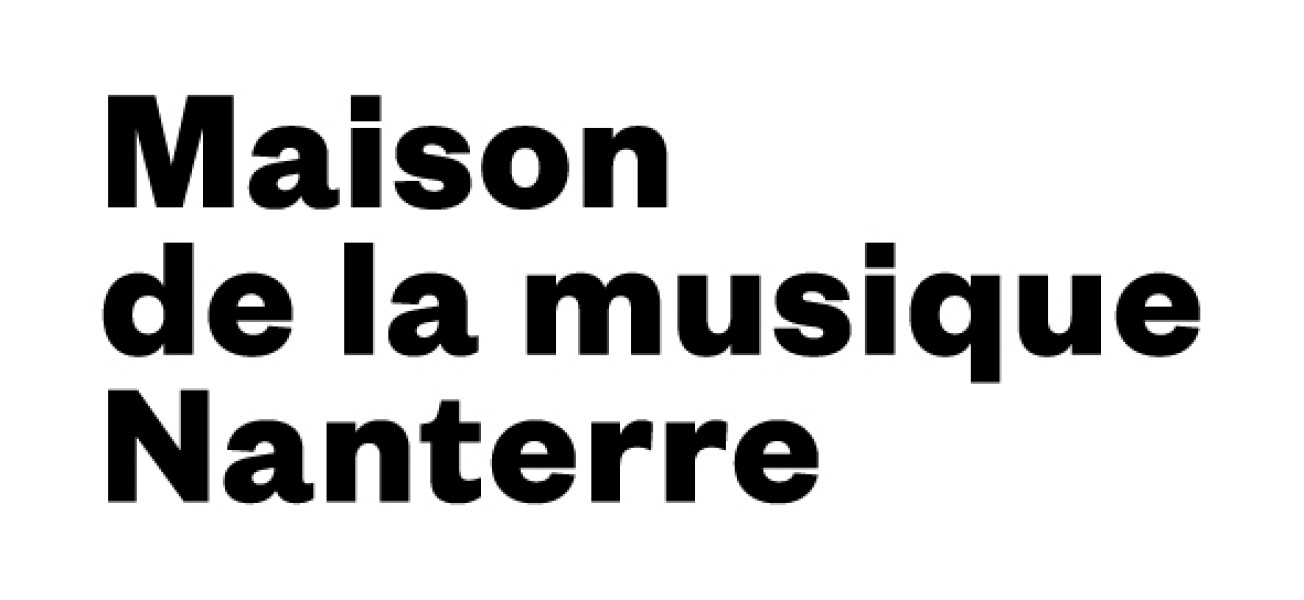Jérôme Bel
Cédric Andrieux
novembernov 8 – 9
Concept, Jérôme Bel // By and with Cédric Andrieux
With extracts from pieces by Trisha Brown (Newark), Merce Cunningham (Biped, Suite for 5), Philippe Tréhet (Nuit fragile), Jérôme Bel (The show must go on)
Répétiteurs, Jeanne Steele (Merce Cunningham) and Lance Gries (Trisha Brown)
Coproduction with Théâtre de la Ville-Paris ; R.B. Jérôme Bel (Paris) ; Festival d’Automne à Paris
With support from Centre national de la danse (Paris), La Ménagerie de Verre (Paris) as part of Studiolabs, Baryshnikov Arts Center (New York)
With thanks to Thérèse Barbanel, Trevor Carlson and Yorgos Loukos
The piece was first presented on 14 December 2009 at Théâtre de la Ville as part of Festival d’Automne à Paris Administration, Sandro Grando
R.B. receives assistance from Direction Régionale des Affaires Culturelles d’Ile-de-France-Ministère de la culture et de la communication – as a subsidized dance company, and l’Institut Français – Ministère des Affaires Etrangères – for overseas touring // With support from Fondation d’entreprise Hermès
In 1995, the choreographer Jérôme Bel put his name to Jérôme Bel, a radically pared-down work bringing the author one step closer to the hallmarks of his work, and dance to its enabling factors: lighting, music and the body. Eighteen years on, the same observation rings true: “a body cannot be overlooked”. With this “given that” as his starting point, Jérôme Bel sought to find out more. He wanted to pick up on the exchanges, and fluids running though the body. For want of making the body dance, he maps it out: what are its dates, what are its measurements, and what are the signifiers that orientate it? And what stage language can bring home its literal presence? With an economy of means reduced to what language has to say, he serves up a deconstruction of theatrical representation which has lost nothing of its vital impact. With a shift of focus, we then turn from Jérôme Bel to Cédric Andrieux, and hence from the show’s constituent parts, to the work of the dancer. After Véronique Doisneau, a solo for the Ballet de l’Opéra à Paris dancer of the same name, the trajectory of Cédric Andrieux’s comes under the spotlight. Trained in contemporary dance, and a dancer for Merce Cunningham and for the Ballet de l’Opéra de Lyon, his experience constitutes a mini-history of dance through its various ebbs and flows, and fault-lines. Alternating sections of dance with spoken passages, allowing us to gauge the gap between words and movements, Cédric Andrieux sets forth the relationship of a body with different codes, gestures and approaches. In doing so, he confronts a history of practices and approaches with a secondary thread: a social and cultural subject, and how a unique, moving body invents itself through dance. The result is a multi-layered choreographic experience, forming an unbroken horizon in which audience, dancer and choreographer alike free themselves of their set places.
See also
In the same place

